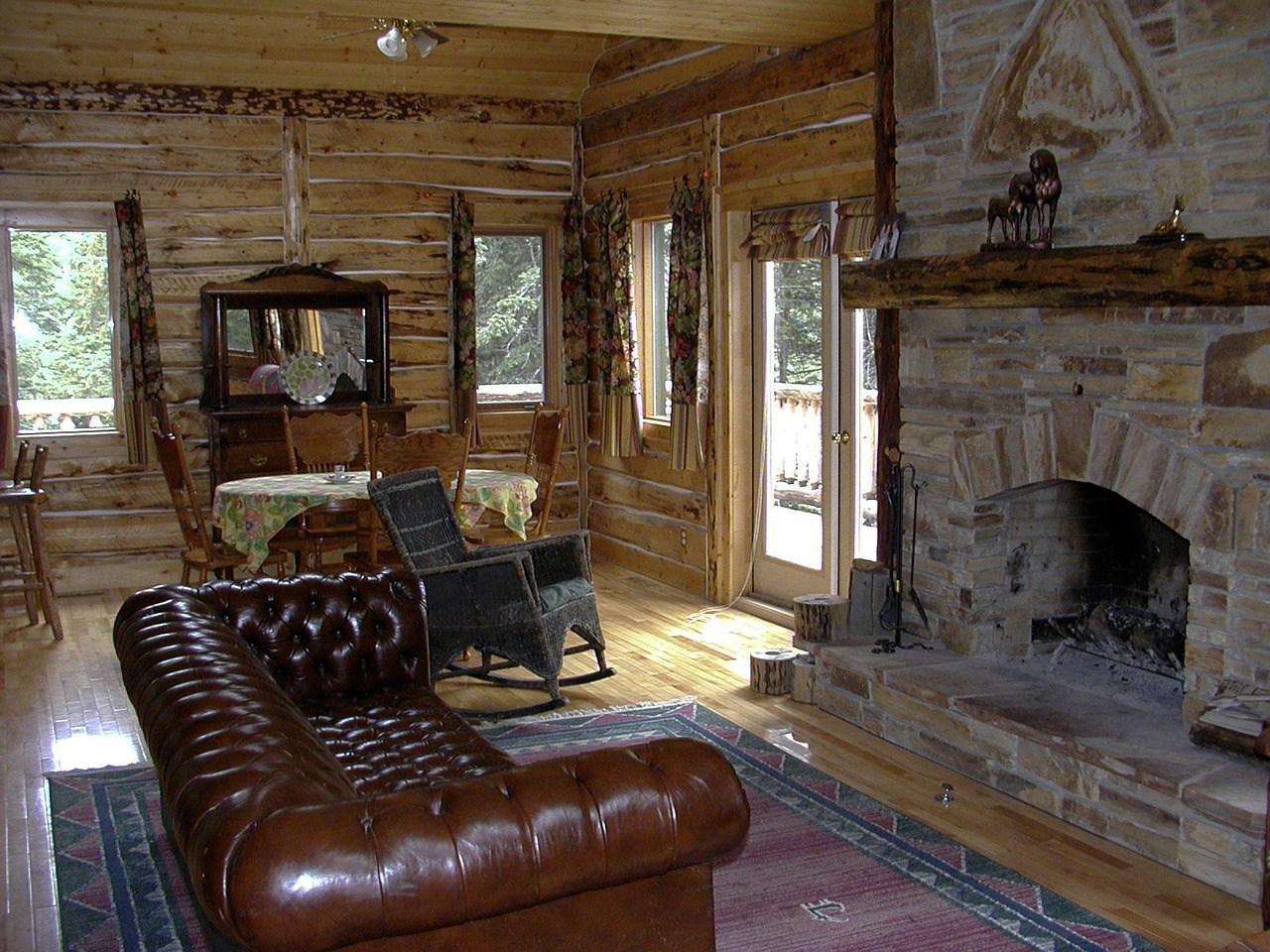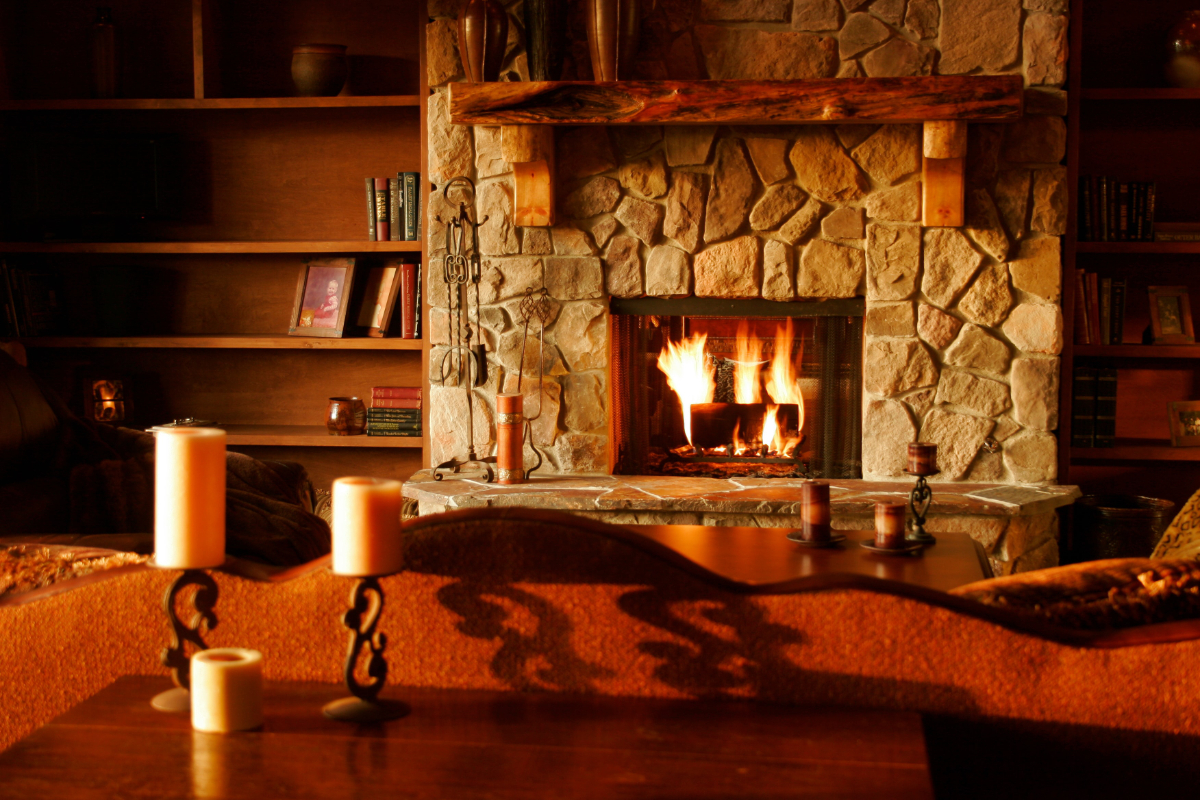How much does it cost to remove a fireplace? We look at the cost to remove a fireplace and what needs removing. Find out below what you need to know before you remove a fireplace.
How Much Does It Cost To Remove A Fireplace?
Deciding to remove an old fireplace from your home or property can provide you with a great way of redecorating or refurbishing a room. Alternatively, by removing one fireplace, you can replace it with a more efficient model to save on energy costs or more decorative, traditional fireplaces, gas fireplaces, or electric fireplaces.
You may simply want to undertake a simple existing fireplace restoration project to bring your fireplace back to its former glory. This will require you to remove the original fireplace. Whatever you want to achieve through your project, having a fireplace removed gives you many options.
Several factors will affect the costs for whole or partial fireplace removal, depending on the type of fireplace you have.
For example, gas or electrical fires have more complex configurations, meaning you will need qualified professionals, such as Gas Safe registered engineers, to remove them safely.
Outside of this, you will always want the job to be done properly to preserve the property's structural supports. You will also have to pay for any debris disposal for removed brick or steel beams to keep your home clean and tidy.

This article will cover the different costs for the whole or partial removal of different fireplaces. However, it will be helpful to go through what things will need to be removed when extracting an old fireplace.
Again, different fireplaces have different components, meaning some will entail a more complex procedure to remove than others. Therefore, by preparing yourself for the level of work required to remove your fireplace, you can better prepare yourself for the costs involved and budget accurately.
What Needs Removing
In general terms, there are five elements to any fireplace that will need to be extracted during a fireplace removal:
Insert, Stove, Fire Basket And Open Fire Grate
The natural place to start is with the fire itself. Wood burning stoves, fire baskets and grates are all used in fireplaces to hold the fuel you choose to burn, whether a wood burning fireplace or coal.
These fireplace inserts fit neatly into the fire surrounds, meaning you will have to find a similarly sized replacement if you are swapping one fireplace for another.
If you have a gas or electric fire that you want to remove, it is in the inserts where you will find the gas pipes or electrical connectors for the old fireplace that need to be disconnected when removing it.
Hearth
The hearth is the area at the base of your fireplace that protects your floors from the heat generated in the stove, grate or fire basket insert.
This area is usually made from stone or brick surrounds, with some period fireplaces having decoratively tiled surrounds and may extend from the fireplace out into the room.
An old hearth is not always necessary, especially for electric and gas fires, but you may still want to renovate or install one for decoration.

Surround And Mantel
This area is immediately around the insert fire basket, stove or grate. You can typically find marble surrounds or surrounds made from different materials, such as stone, cast iron and brick, with some Victorian fireplaces also being decoratively tiled. The mantel is the area above the fireplace, usually resembling a long shelf. They are usually made from marble or wood and are another decorative element to your fireplace.

Chimney, Flue Or Vent
The chimney stacks, chimney breasts, flues or vents of your fireplace extends upwards through your home or property and out through your roof line.
This connection allows the toxic fumes, gasses and smoke to escape the fireplace safely to be expelled into the outdoor environment.
Gas and fossil fuel fires must have a flue, flue liner, and chimney breast supports to remove these harmful gasses, whereas they are not required for electric fires that do not produce smoke or gas.
Framing And Flashing
Framing is the component that holds the insert in its place within the old fireplace, made from similar materials to the surround, such as cast iron or stone.
Flashings are pieces of metal that connect the fireplace to the framing, holding the insert in place and assisting with the dissipation of heat.
Types Of Fireplace
The type of fireplace you have in your property or home will also determine how it should be removed, with different configurations requiring different removal methods.
Here we will go over some of the differences between removing gas, electric, and wood and coal fires.
Disconnecting the gas insert from a gas fireplace is the first and most important step during a removal.
Given that the gasses used to fuel old gas fires are poisonous, if you are unsure of how to do this yourself, you should rely on the expertise of a professional Gas Safe registered engineer.
These engineers will know how to disconnect the gas supply and seal it so it does not leak when the fireplace is removed. They can also offer expert advice on keeping your home safe.
You will need to disconnect the exhaust system, whether a flue, metal chimney or vent, along with the gas supply. Again, a qualified gas engineer will have to do this to ensure that the exhaust is safe and there is no risk of future leaks if a new fireplace is installed.
Alternatively, you may choose to cap the exhaust pipe or install a flue plug and cover the previous opening with exposed brickwork.
Some gas fires may not have a flue or chimney, so you will not have to cap the exhaust. However, if you have a chimney and want chimney breast removal or chimney stack removal, this will cost you extra.
A general estimate for the cost of removing a gas fireplace is
Electrical fires do not require an exhaust system or ventilation. Therefore, the cost of removing an electrical fireplace is mainly influenced by the complexity of the electrical system and how it is placed within the fire surround.
Again, hiring a professional electrical engineer is the best way to ensure that your electric fire is removed safely. Electrical fires also tend to be quite heavy, so if you are unable to move them yourself, you may want to hire the services of a professional removal or fireplace restoration company.
The fire surround is another key consideration regarding the costs of removing an electrical fire. Your electrical engineer will need to ensure this area is safe when disconnecting the electrical supply.
Some electrical fires, such as insert electrical fires and "hole in the wall" fires, can be quite large, sometimes the full length of a wall. Therefore, given the larger area of the fire, these electrical fireplaces will cost more to be removed.
A general estimate for the costs of removing an electrical fireplace is
Wood or coal fires are simpler, in principle, to remove than gas or electrical fires, given that there are no hazardous connections that need to be made safe by a qualified electrician or gas engineer.
However, these old fireplaces, which you will most likely find in a Victorian house, are often made from extremely heavy materials, such as cast iron fireplaces, so they can be considerably difficult to shift, with some weighing as much as 300 kilos!
Their weight and bulkiness mean that people often can't manage them alone, which is why we recommend that you hire the services of a professional fireplace remover.
However, like gas fuelled fireplaces, wood or coal, when burned, produces toxic smoke and gasses that need to be vented out of your home through a flue or chimney. If you completely remove the fireplace, you will need to cap these exhaust systems.
We also recommend that if you have a coal fire, you have a professional chimney sweep clear the flue or chimney before it is capped to remove any soot and debris.
A general estimate for the costs of removing a wood or coal fire is

Is Planning Permission Required For Fireplace Removal?
The only times you will need planning permission to remove a fireplace are when it is in a listed building, or you are making structural alterations, which will require the assistance of a structural engineer and necessary permits or legal requirements to complete; otherwise, you are free to do as you please.
However, according to building regulations, you will need to notify the building control department of your local authority. This in itself will cost you around
Additionally, if your chimney borders the boundary between your house and your neighbour's house, for example, if you live in a terraced house, you will need to notify them of any changes you are making under the Party Wall Act 1996.
This will add another
Do you have a period fireplace which needs repair or restoration. If you live in the Hastings and East Sussex area, our expert antique fireplace restoration services can help.
